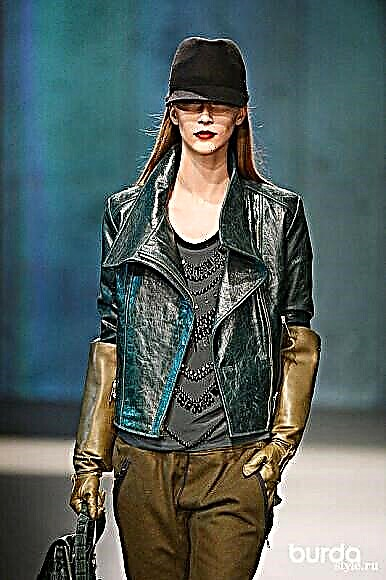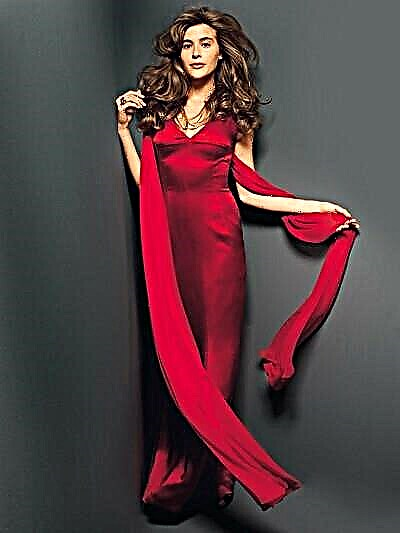One of the most sensual and romantic details of the women's toilet - Basques and shuttlecocks have long been on the catwalks of high fashion.
Stressing with every movement the seductive curves of the female body, they force them to look at their owner with admiring glances and freeze, looking after them, unable to take their eyes off her.
But this is essentially just strips of fabric (of the same width or different), sewn horizontally, vertically, oblique to the waist, along the sides, collars, lower edges, etc., etc.
BASQUE It was borrowed by the French from the Basques (people living in southwestern France and northern Spain) in the 17th century in order to emphasize the waist drawn into a corset. And still serves the same purpose.
In the 50s of the 20th century, it again became a fashionable item thanks to the Spanish designer Cristobal Balenciaga (by the way, Spanish women sewed basques to their dresses back in the 16th century), and then thanks to the widespread Dior look New Look.
In the XXI century, a solemn procession of the Basques took place on the catwalks of world fashion, it appears in fashion collections at every show. It is sewn of various shapes and sizes - from a narrow strip on the stomach in the front, smoothly turning into a train dragging on the floor at the back, to an even narrow strip of patent leather contrasting with the main article of color, cut into narrow vertical ribbons. A basque can be sewn on a coat, jacket, vest, blouse, as well as trousers or shorts. It can be sewn from weightless transparent fabrics or dense, shiny fabric holding the shape, from the same fabric as the main part, or from a partner fabric. Also, it may not cover the entire entire circumference of the waist, but may represent, for example, a series of narrow basses sewn on the sides, resembling ruffles. Or just three quarters of your waist, leaving your thigh “open”.
By the way, on our site there are free bass patterns of various shapes.
SHUTTLECOCK unlike frills or ruffles, it is cut obliquely. This is also a strip of fabric, usually light, so that the folds of the shuttlecock on the finished product lay in beautiful waves. In the twentieth century, Cristobal Balenciaga and Hubert de Givenchy were the first to bring them into fashion. However, at that time flounces appeared more often on wedding and evening dresses and occasionally on romantic blouses.
In recent years, shuttlecocks are sewn to various parts of women's clothing - to the sleeves (from shoulder to cuff), to the sides and neck, covering the shuttlecock neck and like a scarf going down to the ends of the blouse. To the skirts - by screwing them into the side seam, and to the shorts - from the side of the belt to the step seam. And also to the most diverse details of the women's wardrobe - from (traditionally) tops and dresses to coats and trousers.
It is easy to make a shuttlecock pattern yourself (see the picture at the end of the article), and supplementing it with our instructions, you can easily sew a fashionable shuttlecock with a contrast lining.

Photo: BOIKO; SHEMETOVA
Material prepared by Elena Karpova






































